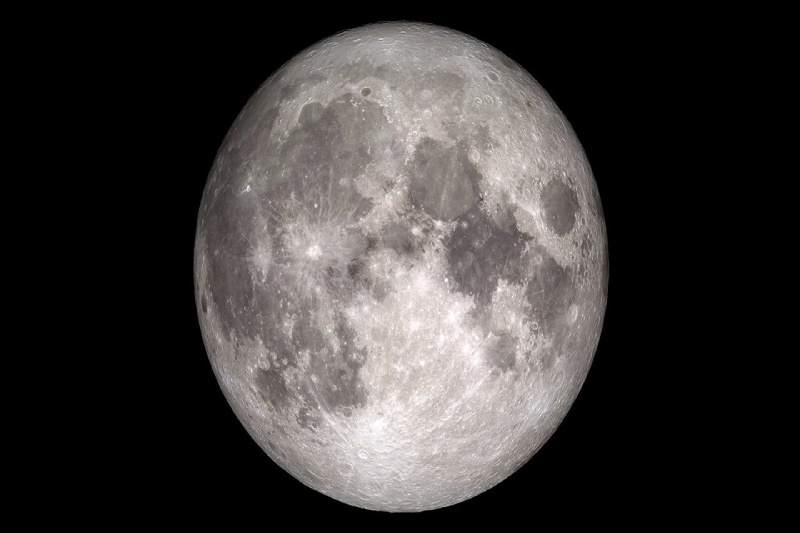U.S. astronauts won’t set foot on the moon until September 2026, at the latest, as a result of NASA’s Artemis Moon program being repeatedly delayed due to issues with astronaut safety and the requirement for additional development of critical technologies.
NASA wants to take humankind farther than it has ever been in the solar system. With the purpose of testing the technologies required for our species to establish a permanent presence on Earth’s moon, the agency, in collaboration with its partners, has planned a series of increasingly complex missions under the Artemis program. These missions will serve as a testing ground for the larger endeavor to land humans on Mars.
NASA’s much awaited Artemis I mission was launched in November 2022, sending the next generation Orion spacecraft on an unmanned journey to the far side of the moon using the agency’s unproven Space Launch System (SLS) super heavy rocket. The four-seater Orion spacecraft went farther from Earth than any crew-worthy spacecraft in history during its 25-day journey. It then had a terrifying atmospheric re-entry that heated it to 5,000 degrees Fahrenheit before splashing down safely in the Pacific Ocean.
NASA’s First Moon Rocket Launch of the Space Launch System
NASA had originally intended to launch Artemis II, its first crewed mission to orbit the Moon, in late 2024. Artemis III, its more ambitious mission to land men on the lunar surface, was scheduled to begin in 2025. However, NASA’s historic launch timetable has had to be reevaluated due to unanticipated damage to the heat shield of the Artemis I Orion spacecraft and technical errors in the hardware design for the Artemis II mission.
NASA Administrator Bill Nelson revealed during a news conference that the crewed Artemis II mission’s launch date would now be September 2025, while Artemis III’s attempt to reach the lunar surface would not be launched before September 2026. This announcement was made in light of the technological challenges. Meanwhile, the scheduled launch of Artemis IV in September 2028 is still scheduled.
“We are returning to the Moon in a way we never have before, and the safety of our astronauts is NASA’s top priority as we prepare for future Artemis missions,” explained Nelson. “We’ve learned a lot since Artemis I, and the success of these early missions relies on our commercial and international partnerships to further our reach and understanding of humanity’s place in our solar system.”
Orion’s heat shield being damaged during the Artemis I mission is one of the main causes given for the postponement of Artemis II. The ablative substance used to make Orion’s heatshield is intended to break down gradually under the extreme heat of re-entry, which can be as much as half the Sun’s surface temperature upon return from a lunar mission.
NASA’s Project Artemis II: Get to Know the Astronauts
But after splashdown, it was discovered that the heatshield had unexpectedly deteriorated, losing some of the protective layer’s burned remnants. NASA is carefully analyzing sensor data to determine the precise source of the event because a heatshield breakdown may have disastrous consequences for the crew and the spacecraft’s health.
In addition, as part of the testing of new hardware for the Artemis III Moon landing mission, the agency is addressing several major concerns to the safety of the crew. Among the technical concerns were challenges with temperature regulation, concerns about battery performance, and difficulty with the CO2 cleaning system of the capsule. In addition, by delaying Artemis III, NASA will have more time to address any unforeseen problems that arose during the Artemis II mission. Meanwhile, commercial partners like SpaceX will be able to develop essential hardware for the program, such as SpaceX’s lunar lander, which will be based on the massive Starship spacecraft built by the company.
In addition, NASA is reevaluating the timeline for the ‘Gateway’ lunar space station, parts of which were originally supposed to be launched as early as October 2025.
Topics #Moon Rocket Launch #NASA










